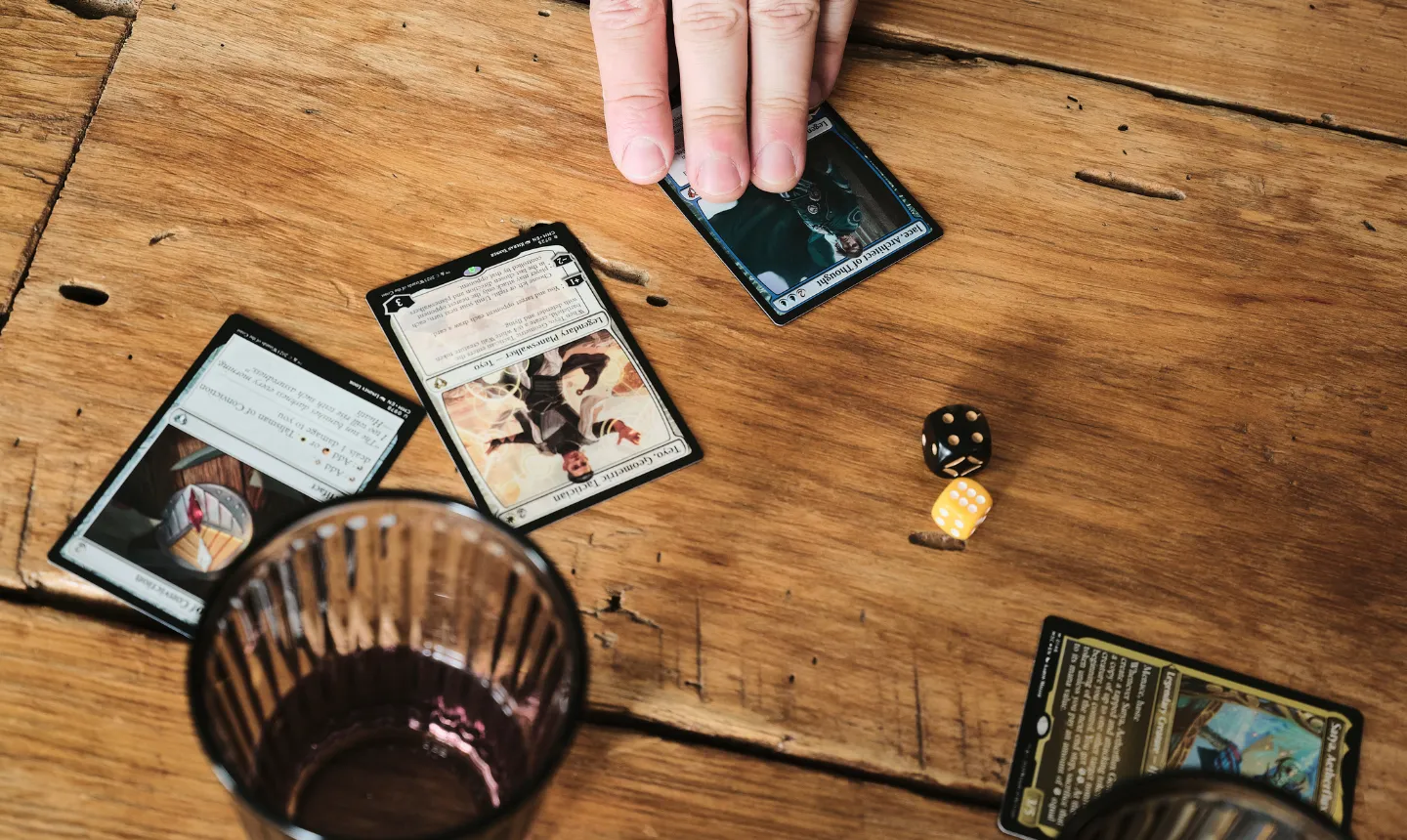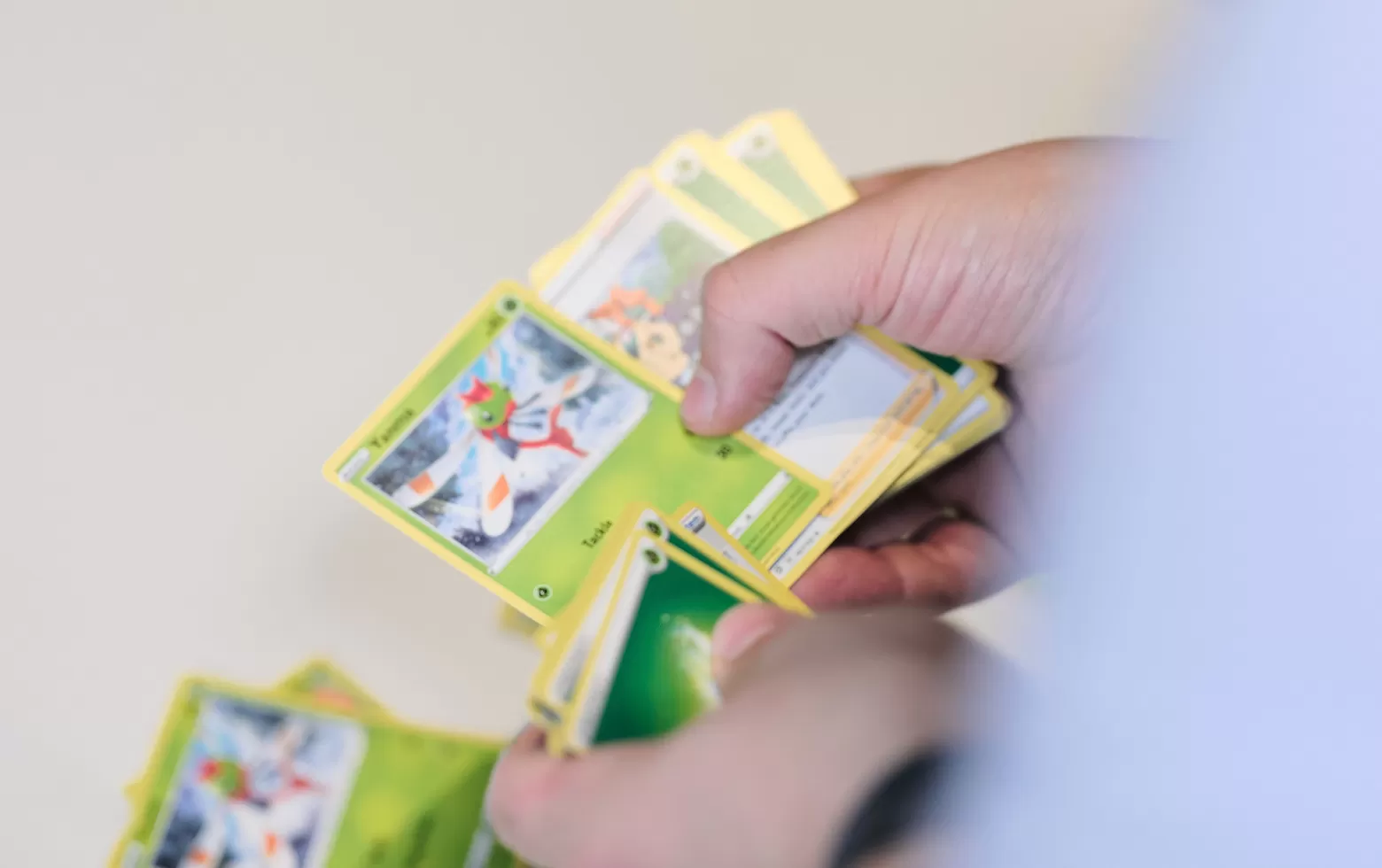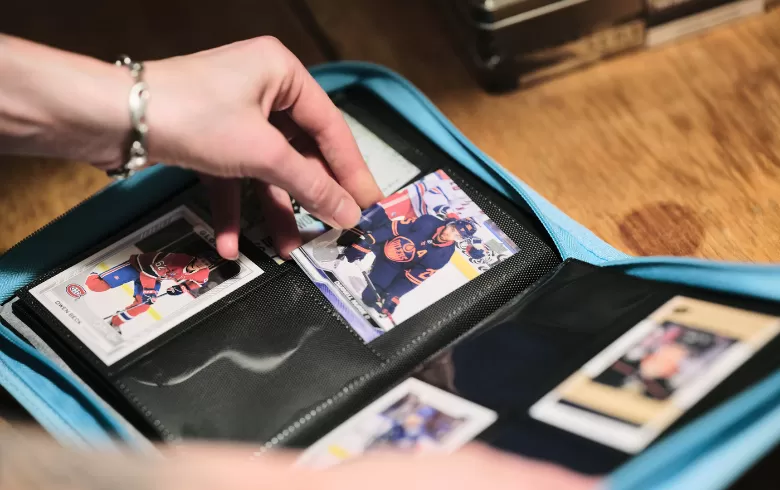Welcome to our comprehensive reference guide for Magic: The Gathering, where you’ll find all the essential rules, strategies, and tips to help you master the game as a powerful Planeswalker and outwit your opponents on the battlefield. For more in depth video tutorials, read through to the end for some helpful links. And, if you want to learn more about the release cycle and how to plan around important releases read through this post here.
How the Game Is Played
In Magic: The Gathering, two or more players (usually 2) face off as powerful spellcasters called Planeswalkers, using spells, creatures, and abilities to reduce their opponent’s life total from 20 to 0. Players build decks of 60 or more cards, strategizing to outplay their opponent.
Turn Structure
- Untap Phase: Untap all tapped cards.
- Upkeep Phase: Resolve any effects that trigger during upkeep.
- Draw Phase: Draw 1 card from the deck.
- Main Phase 1: Play creatures, lands, spells, or activate abilities.
- Combat Phase: Declare attackers and deal combat damage.
- Main Phase 2: Play additional spells or lands (if applicable).
- End Phase: Discard down to 7 cards and end your turn.
Types of Cards
There are several types of cards in Magic: The Gathering, each contributing to different strategies and gameplay styles:
1. Land Cards
These generate mana, which is the resource needed to cast spells. Each land type corresponds to a different color of mana: White (Plains), Blue (Island), Black (Swamp), Red (Mountain), and Green (Forest).
- Rule: Players can only play one land per turn.
2. Creature Cards
Creatures are your primary attackers and defenders, each with a power (damage dealt) and toughness (damage it can take before being destroyed).
- Special Abilities: Some creatures have special abilities, such as flying or trample, that give them an edge in battle.
3. Spell Cards
Non-creature spells that include a wide range of effects, such as drawing cards, dealing damage, or destroying opponents’ creatures. These include:
- Instant Spells: Can be played any time, even on your opponent’s turn.
- Sorcery Spells: Can only be played during your own main phase.
4. Enchantment Cards
Provide continuous effects that remain on the battlefield, either boosting your own creatures or disrupting your opponent’s strategy.
5. Artifact Cards
Represent magical objects that can either provide mana, enhance creatures, or have their own abilities.
6. Planeswalker Cards
Powerful allies that have loyalty counters and can use one ability per turn. They can be attacked by opponents like a player.
How Players Win
Players win by achieving one of the following:
- Reducing Your Opponent’s Life Total to 0 by attacking with creatures or using spells.
- If Your Opponent Cannot Draw a Card at the beginning of their turn because their deck is empty.
- Winning by Alternate Win Conditions, which are specific effects printed on certain cards (e.g., “you win the game” if certain criteria are met).
Final Thoughts
For more detailed information and advanced gameplay strategies, be sure to check out the Official Magic: The Gathering gameplay tutorials. These resources cover additional rules, tips, and in-depth explanations to help you refine your skills and build powerful decks. Whether you’re just starting out or looking to elevate your game, these additional resources will provide you with the essential knowledge and beyond.



